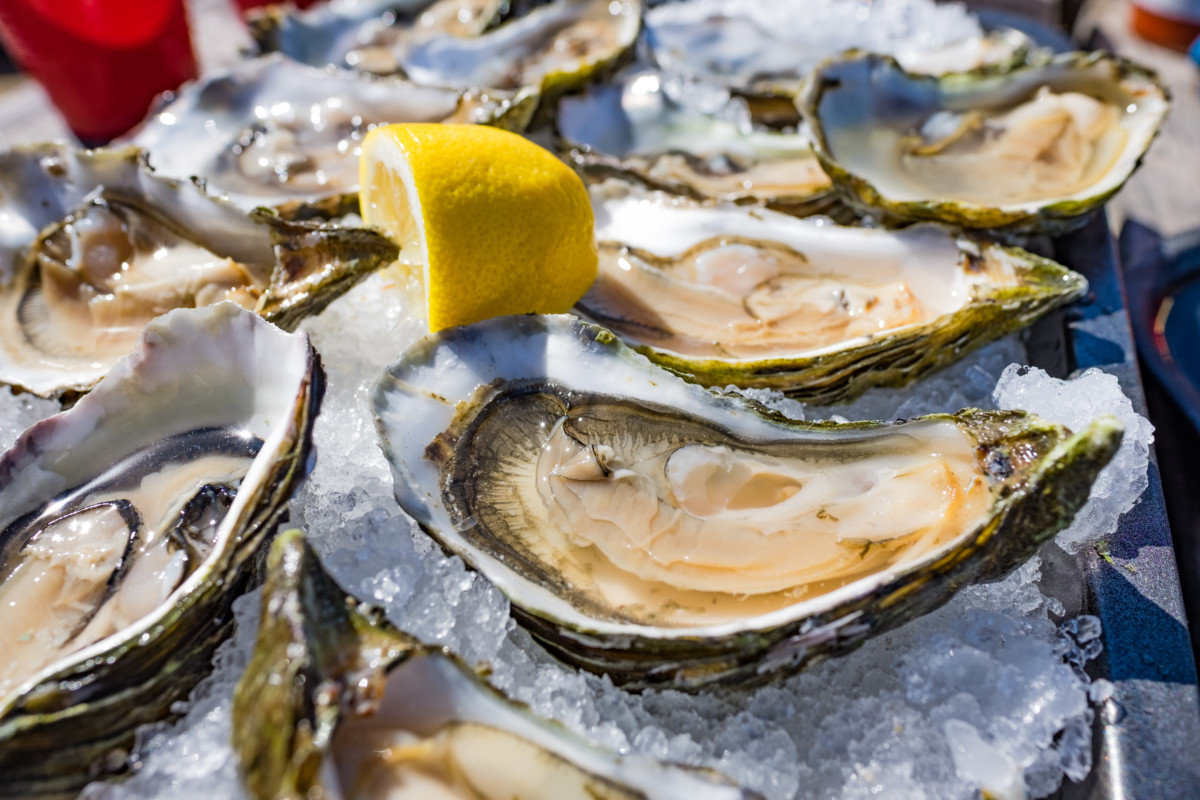Sixteen people who ate oysters contaminated with norovirus and four kinds of bacteria are part of a five-state outbreak. Two more people, who did eat the oysters but had contact with people who did, also got food poisoning. But they are not part of the official count, according to the Centers for Disease Control and Prevention (CDC). Two of 16 people who got sick after eating them needed to be hospitalized.

The oysters, harvested in Baja California Sur, Mexico from the Estero El Cadron, were served at restaurants in California and Nevada. The CDC is recommending that restaurants should not serve and consumers should not eat oysters harvested from this area.
Related
Can I Sue a Restaurant for Food Poisoning?
Restaurant Lawsuit FAQ
Vibrio, Shigella, E. coli Campylobacter Norovirus Raw Oyster E. coli Outbreak
Since the last update from the CDC on May 10, 2109, one person was added to the total and one person was removed because further lab testing did not establish a link to the oysters in question.
The oysters are contaminated with Vibrio, E. coli, Shigella, Campylobacter bacteria and norovirus. The case-patients, who range in age from 26 years old to 80 years old, reported onset-of-illness dates ranging from December 16, 2018 to April 4, 2019. Twelve of them live in California. The others live in Alaska, Illinois, Nevada and New Hampshire.
How Did These Oysters Get So Contaminated?
Oysters feed by filtering phytoplankton from water. And if the water is contaminated, the bacteria can accumulate in their tissue. Vibrio bacteria live in warm coastal waters and multiply more rapidly during the warmer months of the year. In the U.S., about 80,000 people each year get vibriosis. Of those, 100 die.
Vibro and norovirus are also commonly associated with raw oysters. But it isn’t common for oysters from one area to be contaminated with so many different kinds of bacteria.
In this outbreak, health officials could not determine the precise bacterial or viral source of illness for four of the patients. But, the others is as follows, according to the CDC.
- Shigella flexneri (4)
- Vibrio parahaemolyticus (2)
- Vibrio parahaemolyticus and Shiga toxin-producing Escherichia coli (STEC) non-O157 coinfection (2)
- Vibrio parahaemolyticus and Shigella flexneri (1)
- Shigella flexneri and Campylobacter lari (1)
- Vibrio albensis (1)
- Norovirus genogroup (1)
- Vibrio of unknown species (1)
The food poisoning lawyers at Pritzker Hageman represent people who have been sickened by contaminated food. To request a free consultation with our team, call 1(888) 377-8900 toll-free, send a text to 612-261-0856 or use the form below. There is no obligation.
